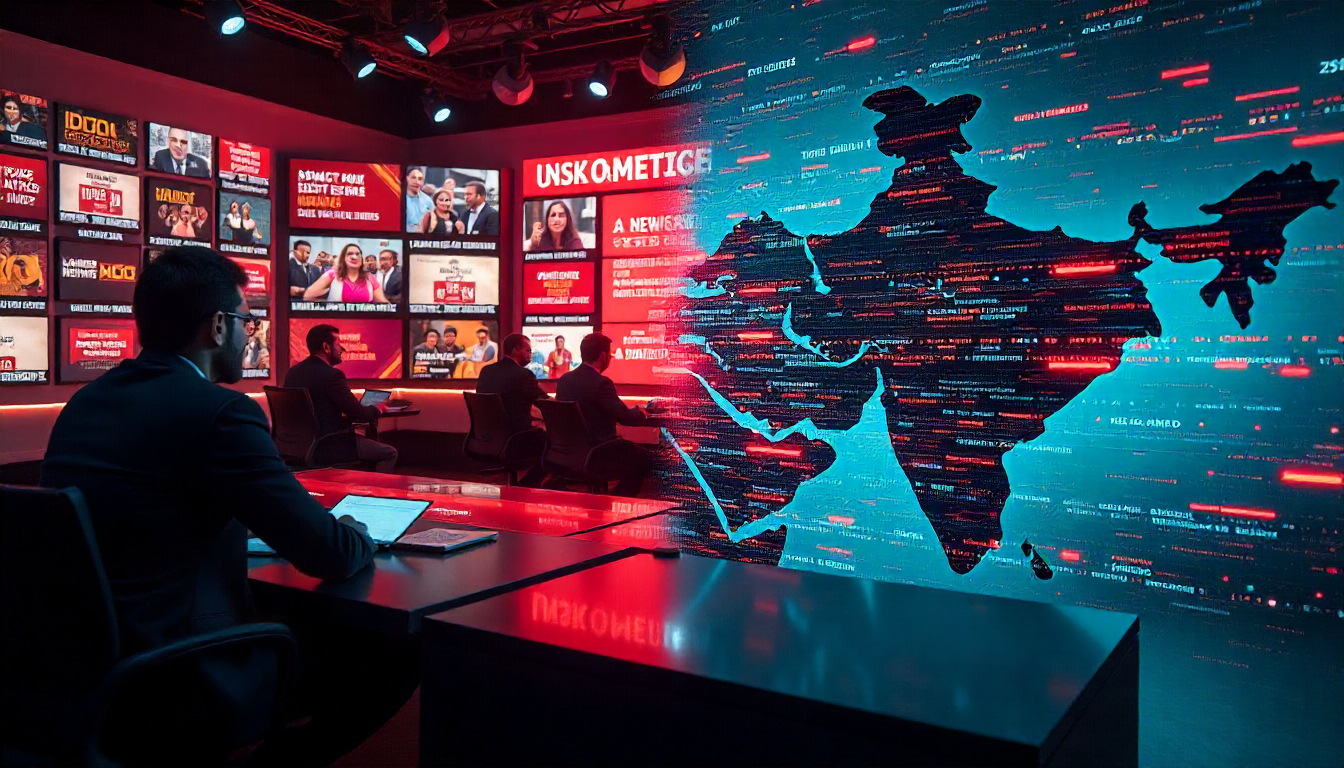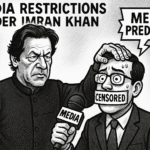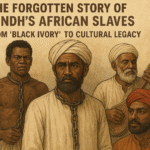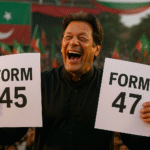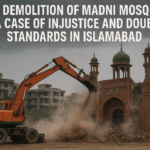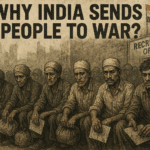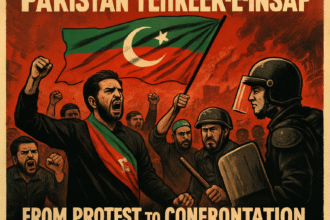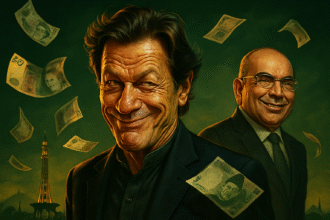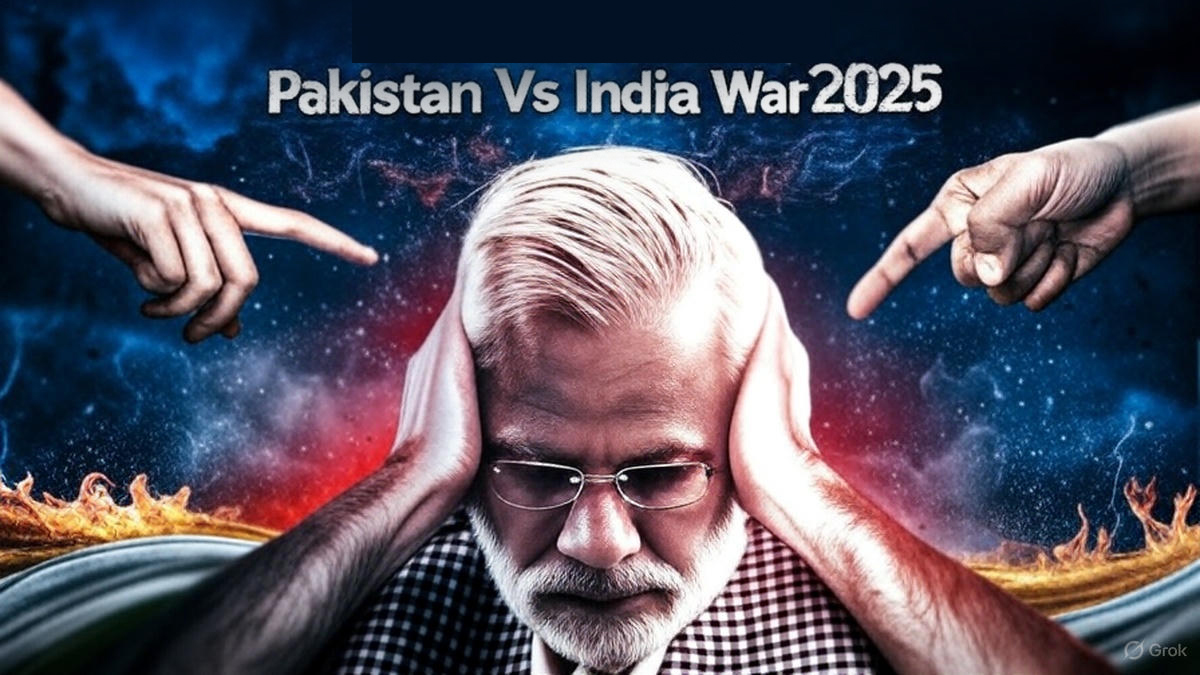In the aftermath of the 2025 Pulwama-style incident, Indian media channels launched a wave of hyper-nationalist coverage, often laced with unverified claims, dramatic graphics, and aggressive rhetoric. While this played well to domestic audiences, it backfired internationally, as independent fact-checkers, watchdogs, and foreign media outlets debunked several high-profile claims.
False Claims and Sensationalism
Several Indian outlets aired content such as:
-
A video of an old Ukrainian explosion passed off as “Pakistan terror training camp blast”
-
Leaked military footage from 2016 relabeled as “live surgical strikes”
-
Claims that Pakistan had used F-16s in violation of treaties — later disproven
A viral moment came when YouTuber Gaurav Arya confidently described Indian airstrikes using background sound effects and edited footage. Pakistani channels quickly responded with satirical versions of his videos, highlighting the dramatization.
During the mid‑2025 escalation between India and Pakistan, several Indian news outlets and pundits broadcast sensationalized and unverified claims—ranging from iconic military victories to large-scale territorial advances. One high-profile commentator, Major Gaurav Arya, was frequently aired by multiple channels for dramatic coverage. The resulting misinformation campaign initially appealed to domestic audiences but ultimately discredited India’s narrative on the global stage.
Sensational Claims by Indian Media
At the height of the coverage, Indian TV anchors and analysts repeatedly stated that Indian forces had captured key cities such as Karachi and Rawalpindi—assertions delivered with ultra-jingoistic intensity, despite no independent verification. Gaurav Arya’s commentary included bold assertions like “We have Karachi under control, and Rawalpindi is next,” later proven baseless.
youtube.com+3tiktok.com+3instagram.com+3
Video Highlight: Gaurav Arya’s Claims
This video captures Gaurav Arya’s dramatic commentary about Pakistani cities—later fact-checked and dismissed by independent analysts.
Parody and Digital Backlash
Pakistani satirists and digital creators quickly responded with parody videos. One widely circulated clip mimicked Arya’s exact tone and mannerisms but replaced claims with comedic exaggeration, striking a chord with international viewers. These parodies went viral and were shared by regional media outlets highlighting how hyperbole can easily collapse under scrutiny.
Video Highlight: Pakistani Parody of Gaurav Arya
In this clip, the mimicry is crisp and direct—Pakistani creators imitate Arya’s voice, dialogue, and visuals to satirize the misinformation spread on Indian media.
International Media Reaction
-
BBC, CNN, and Al Jazeera published critical analyses of Indian wartime reporting, emphasizing the discrepancy between dramatic claims and observable realities.
-
International fact-checkers debunked footage broadcast by multiple channels, revealing many clips were lifted from video games or previous conflicts, misrepresented as new aerial or ground strikes.
-
Analysts warned that such exaggerated narratives undermine India’s credibility abroad, portraying its media as prone to hysteria and nationalist propaganda.
Domestic Fallout
Within India, academic commentators and independent journalists began demanding higher accountability:
-
Journalist Ravish Kumar called the coverage “nationalism masquerading as news.”
-
Social media campaigns like #ShameOnMedia and #FactCheckIndia questioned the integrity of newsrooms. The hashtag #RafaleDown, mocking the claimed downing of Pakistani F‑16s, trended widely.
youtube.comyoutube.com
Why the Propaganda Failed
-
Overreach: Exaggerated claims were easily disproved by satellite imagery, third-party videos, and open-source verification tools.
-
Rapid Digital Debunking: Within hours, independent bloggers and analysts echoed corrections, contrasting sharply with earlier Indian media narratives.
-
Global Distrust: International news agencies began reporting cautionary notes, describing the Indian press as factually unreliable in conflict contexts.
Conclusion
The 2025 conflict demonstrated that while sensationalist media coverage may rally domestic audiences, it carries significant risk on the global stage. Dramatic tactics, broadcast without verification, opened Indian media to ridicule—especially through viral parodies like those targeting Gaurav Arya. In a media environment increasingly governed by global scrutiny, unchecked nationalism in broadcast journalism may yield short-term applause but long-term credibility loss.
International Embarrassment
-
BBC and France 24 openly criticized Indian newsrooms for “breaking journalism norms.”
-
Vice News released a segment titled “Fake War Reporting? Indian Media’s Theater of Conflict”.
-
Satirical memes spread globally, including one showing Indian anchors in pilot costumes shouting slogans.
Domestic Reaction
Indian citizens, particularly from academia and the liberal press, began calling out the pattern:
-
Former NDTV journalist Ravish Kumar termed it “nationalism over news.”
-
#ShameOnMedia trended in Indian X (Twitter) circles.
While misinformation may have temporarily boosted morale, its exposure on the global stage damaged India’s media credibility. The episode served as a warning against allowing media narratives to overshadow ground realities.



